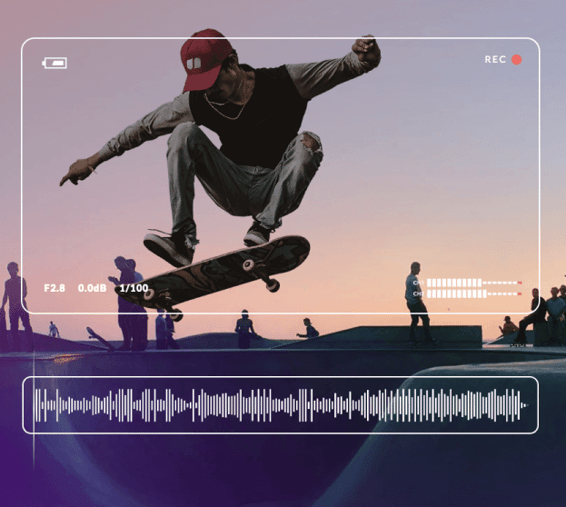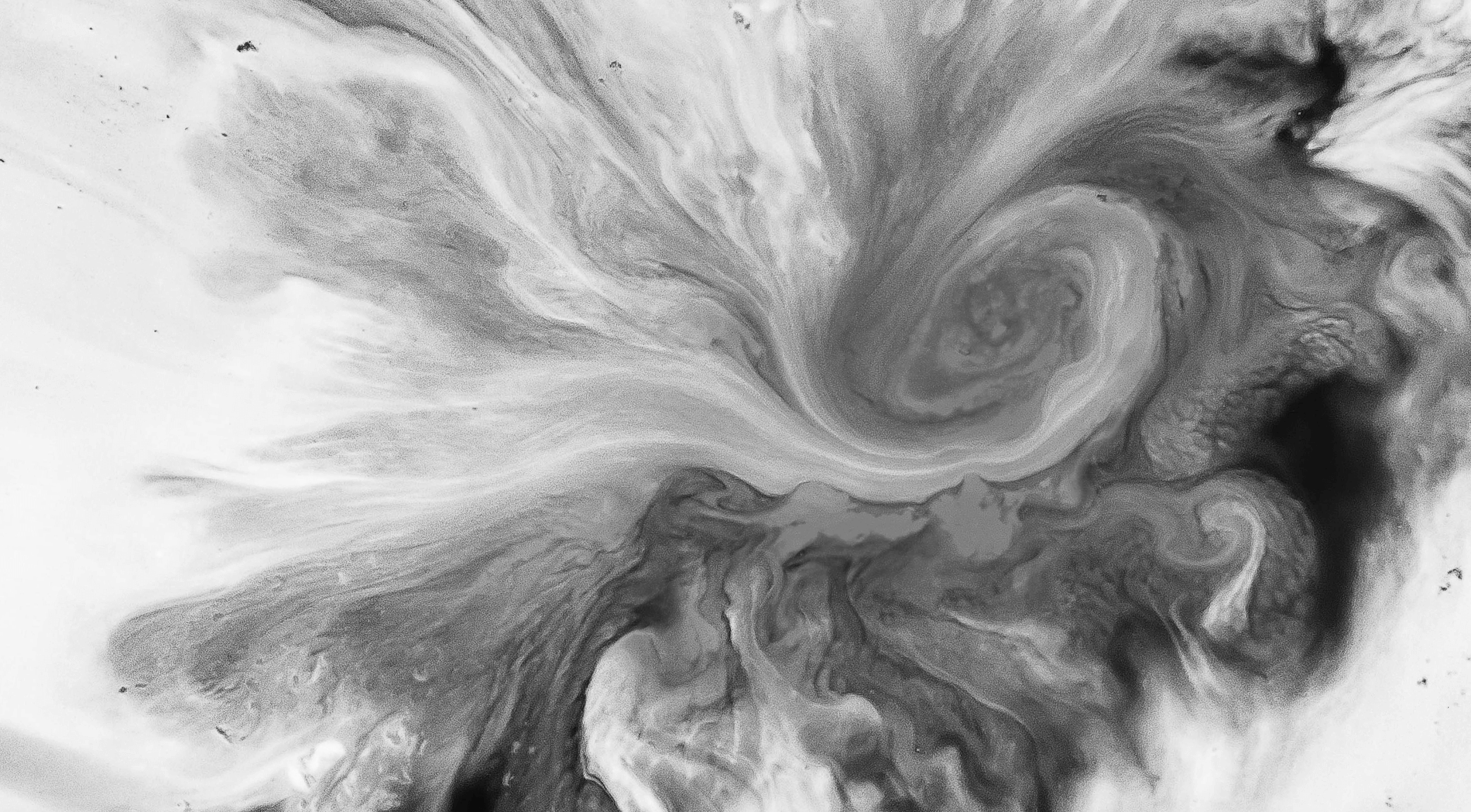Welcome to Outstanding
Royalty Free Piano Music






Listen to our Best Piano Music
We know the right song can make or break your project. That’s why every track in our library is vetted by award-winning producers. Hear for yourself. We've curated a playlist with our best royalty free piano music.
Looking for something different?
We got you. From classical to hip hop to indie, our audio library contains thousands of outstanding tracks. Use one of our 13 filters or check out other curated playlists to find what you need in minutes.
BROWSE THE FULL CATALOG
Dead Simple Licensing
Never worry about licensing again. With Soundstripe, your membership covers the cost for every song license. Just find the right track, download the file, and get a custom license. That’s it. No channel or media-specific fees, no recurring royalties, ever. Here’s more good news: you have unlimited licenses. Go ahead, download as many songs as you want.
The Creator’s Guide to Royalty Free Piano Music
The piano is a majestic instrument, and its influence stretches across centuries.
From the symphonies of Bach and Beethoven to the jazz of New Orleans to the electronic-heavy sounds of modern pop, the piano has put together quite a catalog.
Because it’s such a timeless instrument, the piano has a long history with film. The two go way back. When the first silent motion picture was shown in 1896 in Paris, there was a piano accompanying the movie.
Despite its age, this instrument hasn’t lost any of its luster. In fact, piano music (often in keyboard form) remains a favorite of filmmakers and content creators.
But the range of piano music can create a paradox of choice. What’s the best sound for your project? How can you apply it to your film, video, or game to maximum effect?
If these questions are on your mind, you’re in the right place.
In the following paragraphs we’ll review some of the most popular subgenres and use cases of piano music. Then we’ll answer the eternal question: “Where can I get good royalty free piano music for a reasonable price?”
Noteworthy subgenres and use cases
Classical piano music
When people think of piano music, they almost always think of a classical sound first. Images of the Swan Lake ballet or even a Beethoven-esque symphony often spring to mind.
Since the piano cut its teeth in the classical scene, it’s natural people would associate it with that genre. It seems the classics never go out of style, because filmmakers still eagerly use staples like Ode to Joy and Ride of the Valkyries as background music to add a timeless gravitas to important scenes.
But those paths are well-worn. There are more interesting examples of classical piano music available, like the theme for HBO’s Succession.
On paper, the tune has all the markings of classical music: overt piano movements, a sweeping strings section, etc. But the genius of this piece is how those traditional elements are turned on their head to set the tone for HBO’s dark family-turned-political drama.
The theme opens with a series of sharp piano strikes, but rather than feeling uplifting they feel...off. That’s by design. The out-of-tune notes signify the off kilter relationships and personalities of the cast of characters.
The 808 drums take the piano out of the 16th century and give it a more modern ambiance. After all, this isn’t a show about a European monarchy, but rather an examination of a new type of legacy: the inheritance of vast corporate wealth and power.
The strings show up a bit later, but they don’t bring a sense of peace. Instead, they add to the discord and reiterate this is a high stakes affair.
The song was written by Nicholas Britell, a pianist and producer who has a great deal of experience in both classical compositions and hip-hop. The Succession theme brilliantly combines these two genres and serves as a reminder how classical piano music can continually reinvent itself.
Electronic piano music
Like piano music, the landscape of electronic music is vast and varied. Much of the music is composed on computers, but the keyboard, the electronic cousin of the piano, is a mainstay too.
This genre has its own canon, and you can find overt callbacks to retro-electronic music in shows like Stranger Things. Today’s pop music has embraced the synth sound of the keyboard. You just can’t escape it.
But some of the most fertile ground for electronic piano music has been video game scores — particularly those of indie games.
The debate has raged for seemingly decades about the artistic merit of video games, but one thing is obvious: the music quality of games has improved immensely. We’ve come a long way from the furious chiptunes of Super Nintendo classics.
Case in point: the score for Hyper Light Drifter was composed by Richard Vreeland, aka Disasterpeace, aka the man who scored It Follows, a modern classic of horror cinema.
Have a listen to the score’s overture:
Like our example for classical piano music, this piece opens with a string of piano movements. Unlike Succession’s theme, the melody is calming, if more than a little melancholy. The notes ring out in isolation, their echo suggesting both the virtue of the game’s protagonist as well as his profound loneliness.
Eventually, there’s a swell of synth that challenges the clarity of the piano. There’s a catch and release between the two ideas, encapsulating the struggle between our hero and the spreading darkness they must combat.
Pretty heady stuff for an independent video game, no?
And yet, there’s a fresh roster of excellent video game scores being produced each season. Just look at the ever-expanding options of game scores on Spotify.
This can be read as a maturity of both the games industry as well as the omnipresence of electronic piano music in modern art. Either way, it’s certainly a boon for both musicians and game creators.
Jazz piano music
If you’re going to make a film about jazz, chances are you’re going to have someone playing the piano.
Most works that feature jazz music recall a specific time or place, i.e., bebop music in New York City, in an effort to examine or recreate the storied history of jazz musicians. This type of film is still being made, and it serves an important purpose in refreshing and refining the cultural memory of the men and women of jazz.
But jazz piano music has other uses, and in keeping with the theme of this piece, let’s examine a less timeworn use case for this music.
Serial broke the mode for podcasts in a number of ways: the excellence of the storytelling, the arresting nature of the subject matter, the novel approach to serializing a podcast.
It also set a new standard for music production with its theme “Bad Dream.”
The opening isn’t exactly what you’d expect from a jazz piece or a podcast intro, but the tempo of the high-pitched keys builds the foundation for a broader, more complex arrangement. Or a solo in the hot jazz mold.
But because this isn’t a smoky club in Storyville, the piece gently grows to encompass some simple percussion and understated horns. This opening preps us for the mystery of each episode. By not going fullbore, this piece leaves us hanging with an unfulfilled sense of anticipation.
That’s the point of course, because now we’re eager to gobble up whatever comes next, which happens to be an award-winning podcast series.
Like video games, podcasts are providing a new outlet for composers and musicians. And jazz piano music is proving to be a constant.
Diegetic piano music
The world “diegetic” describes sounds and music that originate from inside a cinematic world. For example, when you hear a piano someone is playing a piano on screen.
Filmmakers love to make movies about people playing the piano — and some are more optimistic than others. The Pianist, Ray, and La La Land are just a few examples from the past few decades. No doubt there are dozens more.
Still, this trope can be used to great effect if it’s done correctly. This scene from Five Easy Pieces is a great example:
In this film, Jack Nicholson was a piano prodigy as a child. As an adult he works in an oil rig and leads a listless existence. The scene above shows Nicholson in his childhood home. He’s returned because his father is dying.
Playing the piano here isn’t merely a gimmick to lighten the mood or paint Nicholson as a faux creative person. His playing sets up a profound dichotomy between the person he was — and perhaps could have been — and the adult he’s grown into.
It’s excellent storytelling, and the end of the scene shows the beauty of the song does nothing to heal the man who plays it.
Where to find royalty free piano music
Let’s get down to brass tacks: where are you actually going to find good piano music you can use in your work?
You have three options:
- Learn to play the piano and create the songs yourself.
- Pay someone to create the music and/or sound effects.
- License the music (namely, royalty free music) from someone else.
Let’s try each of those options on for size and explore the alternative of royalty free music.
1. Create the songs yourself
We would never discourage someone from learning a new instrument. There are tons of people who say learning to make music and sound effects was one of the most fulfilling things they’ve ever done.
But, the piano is pretty difficult to learn. It’s going to take some time — and a lot of effort — to develop enough skill to play well enough to record tracks for your projects.
Plus, you’ll have to rent out a studio, or at the very least convert your bedroom into one, to get the music in a usable form.
This option might be right for you if the following things are true:
- Time isn’t an issue.
- You have a considerable amount of mental fortitude and determination.
- You’re also ready to learn how to become an audio engineer.
For everyone else, this option isn’t viable — unless you’re already a musician.
2. Pay someone to create the music and/or sound effects
If you can’t do something yourself, it’s probably time to bring in some pros, right?
In most cases, yes. But creating music isn’t simply about showing up and playing. (Well, unless we’re talking about jazz. But we’re not talking about jazz, are we?)
You’re still going to need to write the music that your hired guns will play. Unless you want to hire someone to do that too. And then you’ll need to pay someone to record and mix the music.
You can see where this is going. Orchestrating the creation of new music is expensive. And hiring professionals doesn’t guarantee you’ll like the final results.
You could always hit up one of your friends from college, but again, what’s the likelihood they're going to produce exactly what you’re looking for?
(Also, it’s rare that you’ll be able to find free piano music and sound effects. Even though a platform like Creative Commons is free, there are still limitations on song variety and how you can use the music.)
3. License music (namely, royalty free music) from someone else
This is the route most people will take. But it’s not as easy as it appears.
To understand why, let’s dip our toes into the convoluted waters of music copyright.
Most music is owned by someone. This could be an individual or a group, and they’re called the rights holders. (It’s not a superhero team name; it’s more like a technical term.)
Anyway, right holders typically consist of parties involved in the creation of a song: the recording artist, the songwriter, the publisher, and the record label. If you want to use a copyrighted song in your film, you have to get permission from each and every one of the rights holders.
This could be up to a dozen people, and if even one of them says no, the deal is off. You can’t use the song. Rights holders are under no pressure to let you license their song, so they could refuse simply because they don’t like your project.
By the letter of the law, a copyrighted song is the intellectual property of the holders. So you must get their permission or face legal ramifications.
That’s pretty lame, right?
Here’s another less-than-stellar fact: licensing music from a record label is expensive. You could be staring at a thousand-dollar price tag for one semi-popular song. That’s not ideal for up-and-coming creators.
So what do you do?
You should probably look at a royalty free music platform like Soundstripe.
Soundstripe’s royalty free music library
At Soundstripe, we negotiate the licensing agreements directly with the artists who contribute to our audio library. This means that you can license royalty free piano music, sound effects, and more without paying extra royalty payments or fees.
Everything is already sorted. All you have to do is sign up for a membership, tell us a little bit about your projects, and you’re good to go.
Each license protects your work in perpetuity — even if you cancel your membership.
Radio-quality royalty free music has never been more accessible. Browse our library and listen to some of our stuff to judge for yourself.
To give you a better idea of your music licensing options, here are a few of the different genres and music styles in the Soundstripe library:
- Royalty free fantasy music
- Royalty free romantic music
- Royalty free cinematic music
- Royalty free swing music
- Royalty free meditation music
- Royalty free worship music
If you want even more clarity about what copyright royalty free music or sound effects means, check out this blog post.


Have questions? Give us a call
855.224.0847
Soundstripe - Unlimited Music for Video
© 2017-2020 A Product of Soundstripe, Inc
Nashville TN



